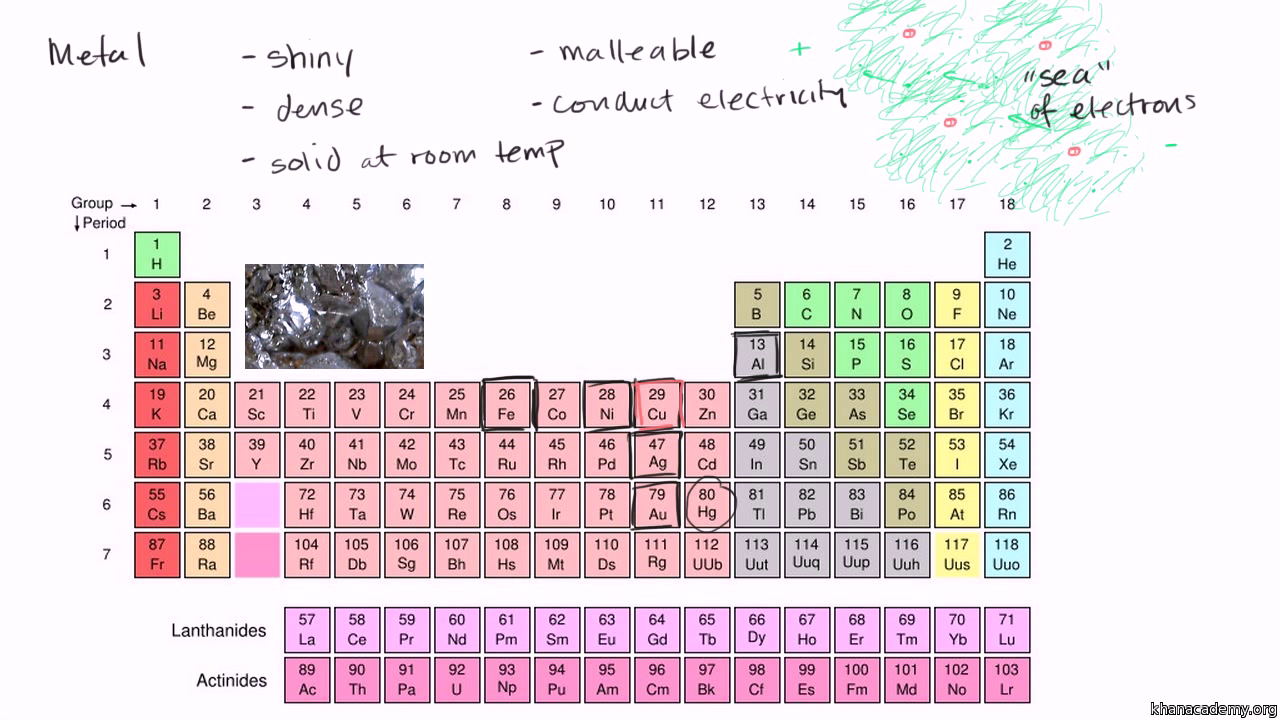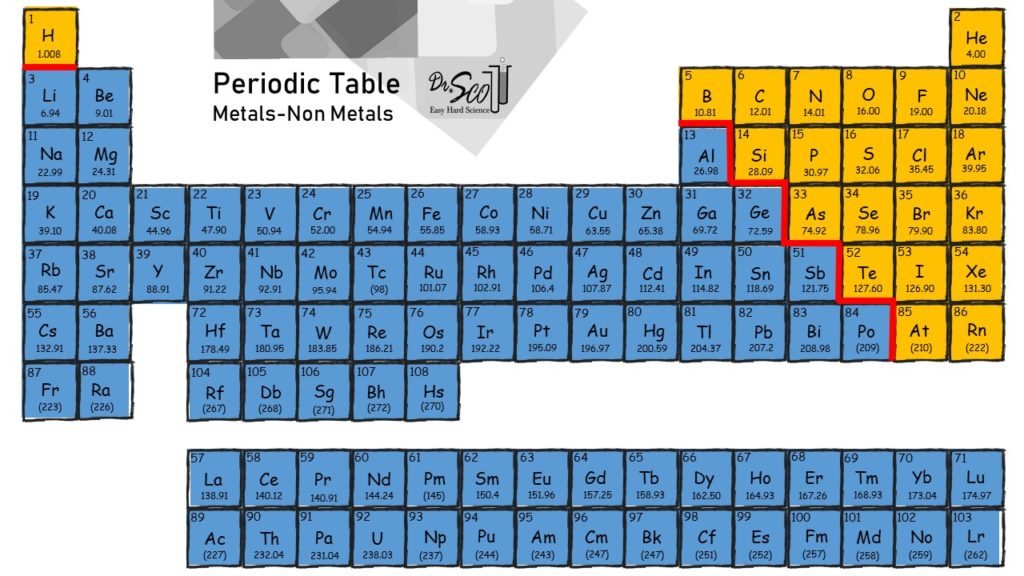Which Elements Have Covalent Bonds
These shared electrons are found in the outer shells of the atoms. Li and Al B.
Is All Matter Really Made Up Of 5 Components Quora
One two or three pairs of electrons may be shared making single double and triple bonds respectively.
Which elements have covalent bonds. Hydrogen is an exception to the octet rule. Hydrogen can participate in both ionic and covalent bonding. Covalent bonding allows molecules to share electrons with other molecules creating long chains of compounds and allowing more complexity in life.
In H 2 N 2 O 2F 2 Cl 2 the bonding is covalent. You can recognize these compounds because they consist of nonmetals bonded to each other. These are examples of covalent bonds and covalent compounds.
Covalent bonds are commonly found in carbon-based organic molecules such as our DNA and proteins. Nitrogen and oxygen also exhibit covalent bonding by forming diatomic molecules. Hydrogen carbon and oxygen commonly form covalent bonds.
A covalent bond is formed between two atoms by sharing electrons. If the shell is not full atoms react with other atoms to gain donate or share electrons. Hydrogen can be considered to be in Group 1 or Group 17 because it has properties similar to both groups.
Usually each atom contributes one. To obtain an octet these atoms form three covalent bonds as in NH 3 ammonia. Click on the related link to see a.
Co and Fe D. The electronegativity difference between two atoms is zero. All of the non-metals including hydrogen form covalent bonds to other atoms of the same element except for the noble gases.
The number of bonds an element forms in a covalent compound is determined by the number of electrons it needs to reach octet. Covalent compounds also are known as molecular compounds. Substances with covalent bonds often form molecules with low melting and boiling points such as hydrogen and water.
Covalent bonds are also found in inorganic molecules like H 2 O CO 2 and O 2. Halogens also exist as diatomic gases by forming covalent bonds such as chlorine. Covalent bonding occurs in most non-metal elements and in compounds formed between non-metals.
One lone pair and three unpaired electrons. Carbon will form four covalent bonds nitrogen will form three covalent bonds oxygen will form two covalent bonds and hydrogen will form one covalent bond. Therefore atoms which make covalent bonds can not be either give electrons or accept.
Example Nonpolar Covalent Bond is found in gas molecules like Hydrogen gas Nitrogen gas etc. Some noble gases form covalent compounds with the most highly electronegative elements oxygen and fluorine Covalent bonding is characteristic of. Covalent bonds are especially important since most carbon molecules interact primarily through covalent bonding.
Water is a familiar substance comprised of hydrogen and oxygen linked by covalent bonds. Find an answer to your question Atoms of which pair of elements will form covalent bonds in a compound. Organic compounds such as carbohydrates lipids proteins and nucleic acids are all examples of molecular compounds.
Based on the experimental observation that more energy is needed to break a bond between two oxygen atoms in O 2 than two hydrogen atoms in H 2 we infer that the oxygen atoms are more tightly bound together. This type of covalent bond is formed whenever there is an equal share of electrons between atoms. These elements are considered to be covalent.
It occurs wherever the combining atoms have similar electron affinity diatomic elements. Most elements involved in covalent bonding need eight electrons to have a complete valence shell. Oxygen and other atoms.
Covalent bonds are strong - a lot of energy is needed to break them. Single Covalent Bonds Between Different Atoms The simplest covalent bond exists in the diatomic hydrogen molecule. Other elements that can form covalent bonds include nitrogen carbon and fluorine.
Covalent bond involves the sharing of electrons between atoms. If one of the atoms is metal and other is nonmetal then metal give electron s and nonmetal accept electron s in order to complete their own octet and doublet. In HCl the bonding in the gas state is polar covalent but in solution it becomes ionic - H Cl-Elements such as He Ne Ar do not form bonds and exist as atoms.
There are two forms of covalent bonds polar and nonpolar depending upon whether atoms share electrons equally. As a general rule metals form ionic bonds with non-metals while non-metal elements form covalent bonds with non-metal elements. In this case an ionic bond occurs.
Most covalent molecules you will come across are formed by combinations of atoms of nonmetallic elements on the righthand side of the Periodic Table eg from Group 4 carbon and silicon from Group 5 nitrogen and phosphorus and from the Group 7 Halogens fluorine chlorine bromine and iodine. Atoms are stable when their outer shell of electrons is full. Group 5A 15 elements such as nitrogen have five valence electrons in the atomic Lewis symbol.
One notable exception is hydrogen. Covalent bonds can be classified in terms of the amount of energy that is required to break them. C and O C.

Covalent Bonding Examples Several Examples Of Covalent Molecular Bonds Youtube
Ionic Bond And Covalent Bond Comparison Amashusho Images
Index Of Hbase Chemical Imgche

Chemical Bonds Chemistry Library Science Khan Academy

Polar And Nonpolar Covalent Bonds Clear Simple Youtube

Ionic Vs Covalent Easy Hard Science

Covalent Bonding Chemistry For Majors
Chemistry Covalency And Molecular Structures
Chem Covalent Ionic And Metallic Bonds Intramolecular Forces Scientific Tutor

Ch150 Chapter 4 Covalent Bonds And Molecular Compounds Chemistry

Covalent Bond Biology Dictionary

Which Elements Form A Covalent Bond Quora

Covalent Bonds Video Chemistry Of Life Khan Academy

Covalent Compounds Manoa Hawaii Edu Exploringourfluidearth

Which Element Is Likely To Form One Covalent Bond In Chegg Com
What Are Elements And Covalent Bonds Quora

Posting Komentar untuk "Which Elements Have Covalent Bonds"